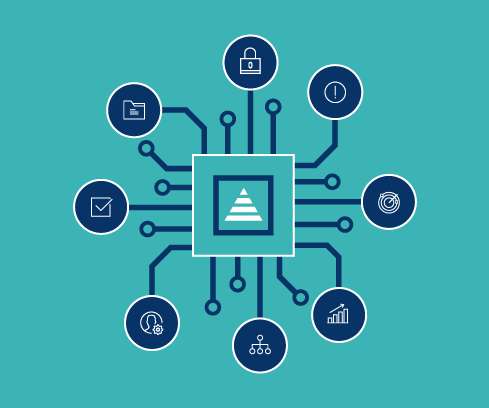Customer Value Story: Prevention is Better Than Cure
LogisManager
SEPTEMBER 21, 2021
However, they recently realized that their user access review process was manual and antiquated, pulling critical time and resources away from achieving these strategic goals. In the short term, this left room for human error, missed deadlines and failed audits. It also left them susceptible to significant cybersecurity threats.






























Let's personalize your content